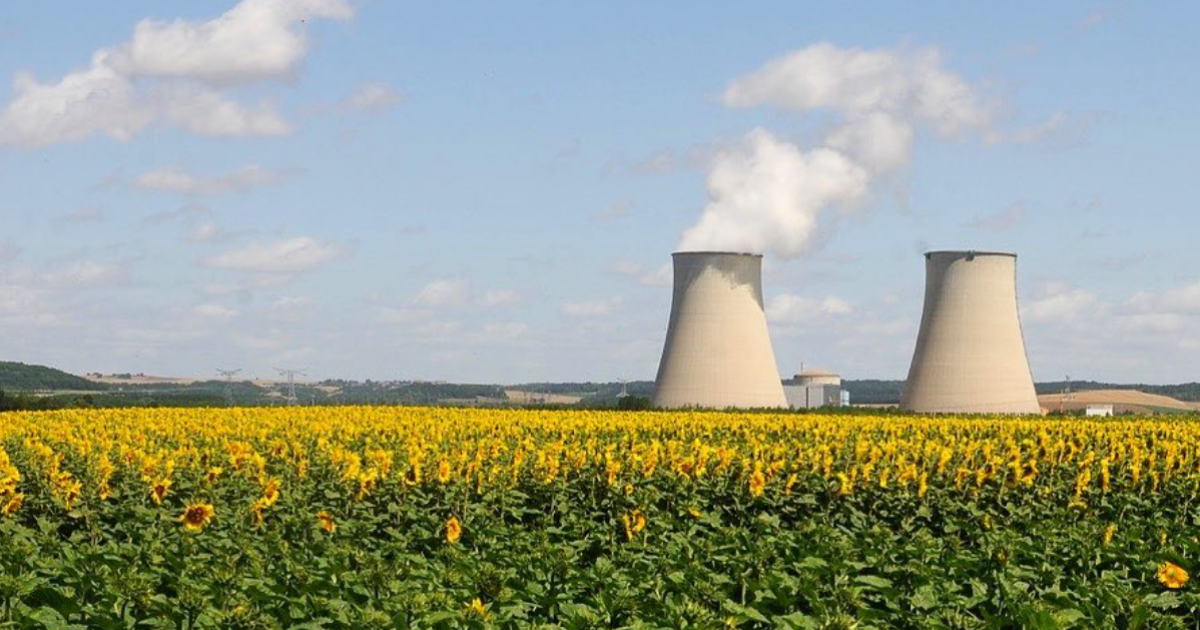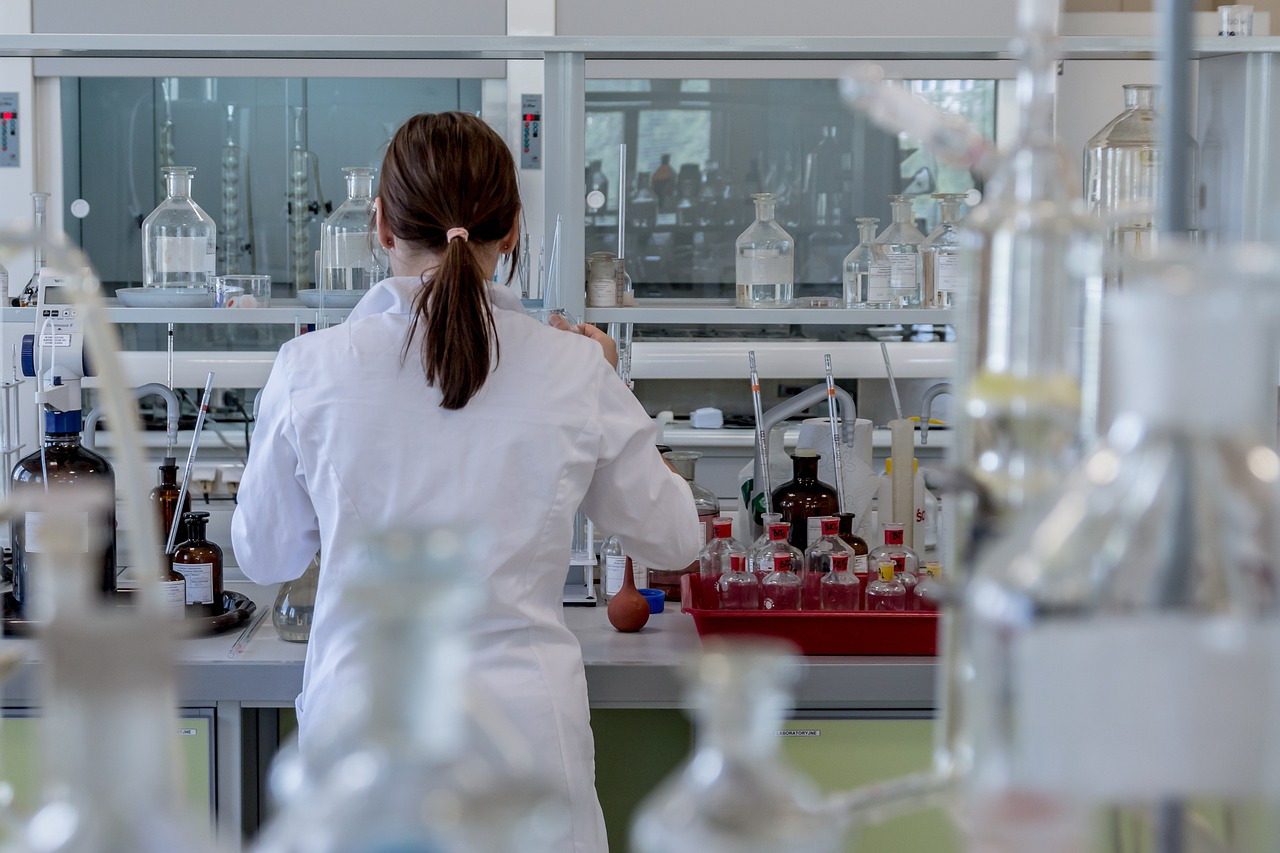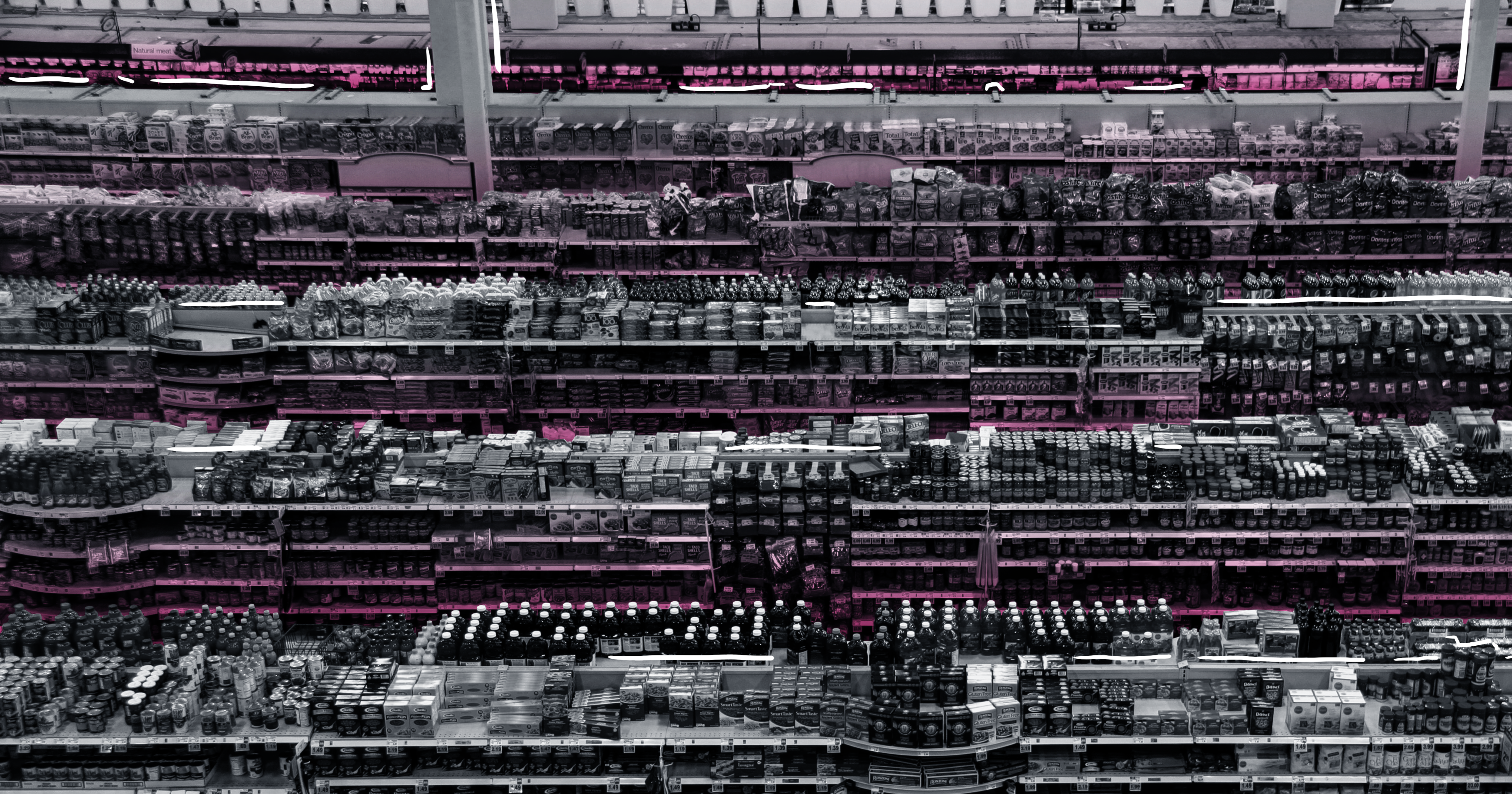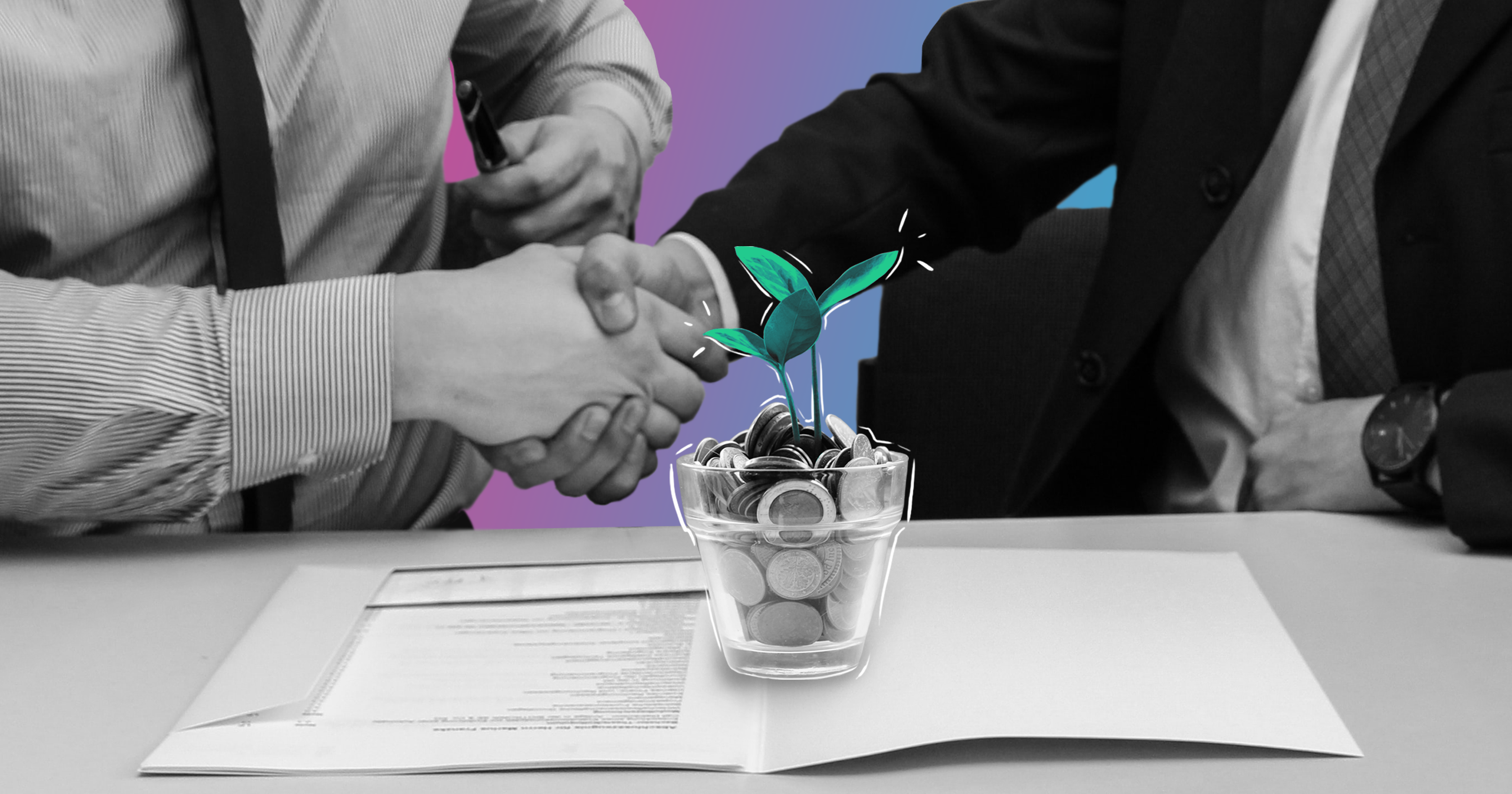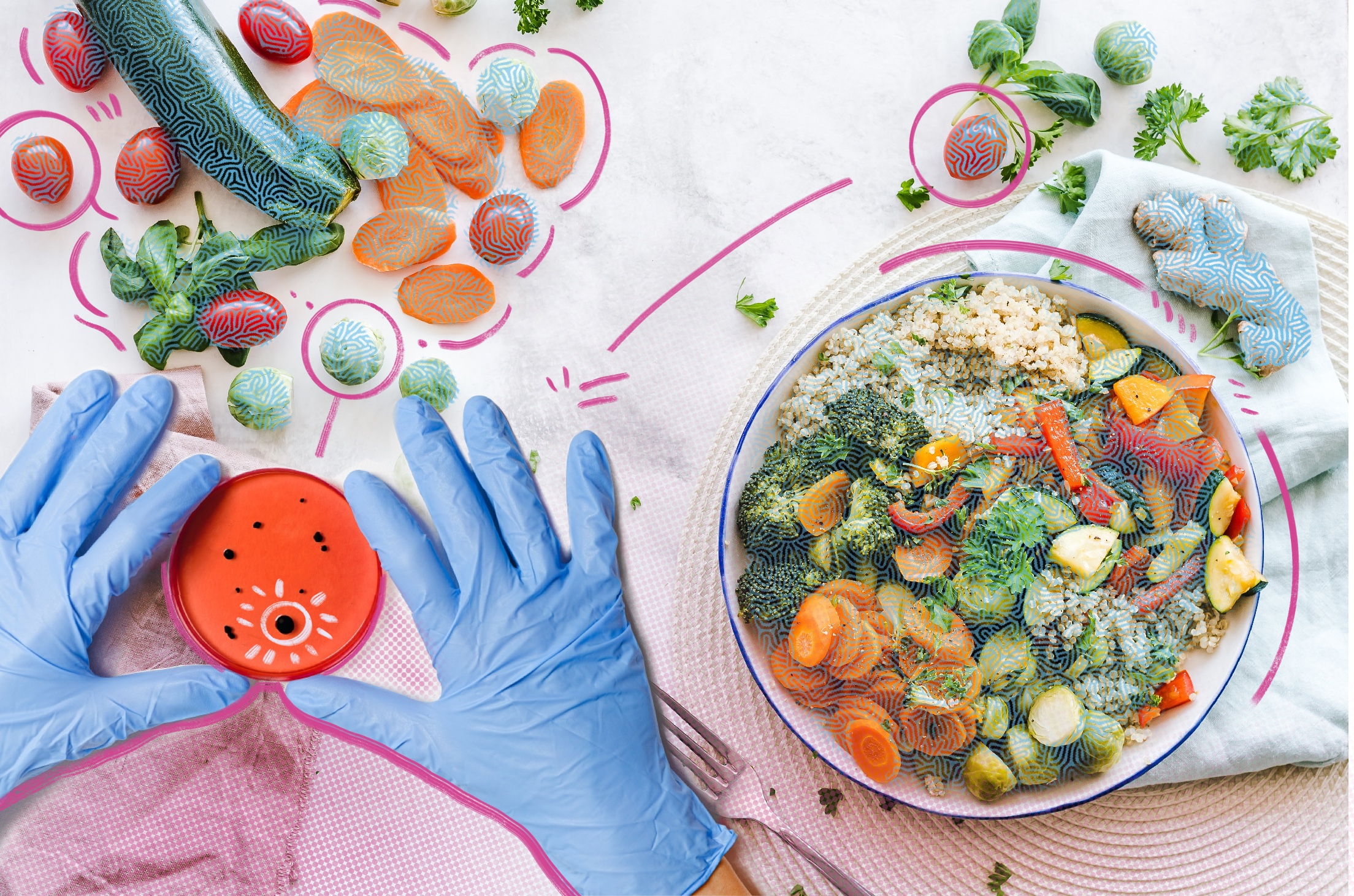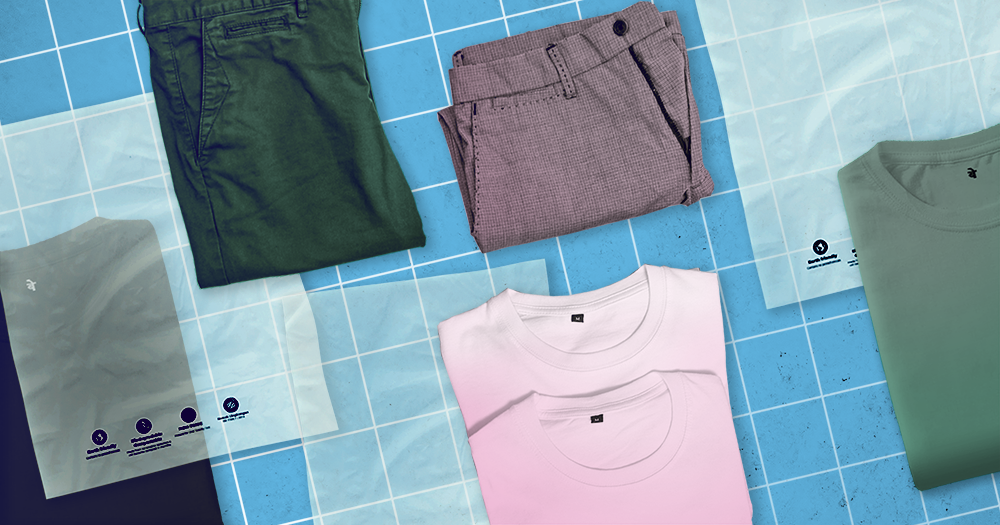Julia Attwood spent many of her days as a materials engineering grinding away in labs and researching polymer composites. But she wanted a change, one that allowed her to continue doing the technical research she enjoyed while making a more defined impact on decarbonization and sustainability. She joined BloombergNEF as an analyst five years ago and now heads the advanced materials team. We spoke about key factors for evaluating packaging sustainability, how companies benefit from circular models, her “top tips” for hitting sustainability benchmarks and more.
Tell us more about your role and, more broadly, the work of BloombergNEF.
BloombergNEF is a market research provider. Our work within Bloomberg looks at the transition towards a cleaner and greener economy. We look across a broad range of drivers–policy, technology, economics, and then what companies themselves are doing.
We try to gather as much data as we can on pricing, capacity and what policy makers are doing to incentivize more sustainable solutions in the market. I lead our advanced materials team, and the remit of our group is to look at how materials are going to transition towards more sustainable solutions. We look at a number of different technologies–everything to do with the circular economy. Recycling and reuse models are a big part of that. We also look at bioplastics because changing the feedstock of plastics has a big impact on their carbon footprint and therefore the industry’s transition to net zero.
What are some of the key factors or metrics you look at when forecasting the sustainability implications of packaging?
There are really two core things that we look at and try to assess; the first is emissions and the second is cost. We look at emissions because that is what is going to help companies determine the best solution to pursue. The cost side is important because they need to understand how much of a premium might be involved and how hard they might have to work to reach cost parity. It’s pretty unusual that we spend a lot of time researching something that we don’t think is ever going to be the same cost or less than the incumbent solution because that’s a really hard thing to drive in the private sector. You essentially either need a policy guarantee, which often isn’t forthcoming, or you need some kind of external factor, like regulation or some sort of material ban. In sustainability, we focus primarily on emissions because that is the place where there’s the most focus and industry. That’s really how sustainability, for better or worse, is measured.
We focus on emissions and we talk to the companies that are making it. We look at academic studies to see how much CO2 a bioplastic saves, how much is saved if you recycle something. Then we go a step further to say, “What if, instead of burning fossil fuels to recycle something, you use clean electricity instead?” Then we cost those out over time. So on the sustainability side, we’re really working for the biggest bang for your buck. What is the cheapest thing you can use that has the lowest emissions? And then on the cost side, there’s always these two factors; how much does it really cost now, and how much is it going to cost 10, 20, 30 years from now?
In sustainability, we focus primarily on emissions because that is the place where there’s the most focus and industry. That’s really how sustainability, for better or worse, is measured.
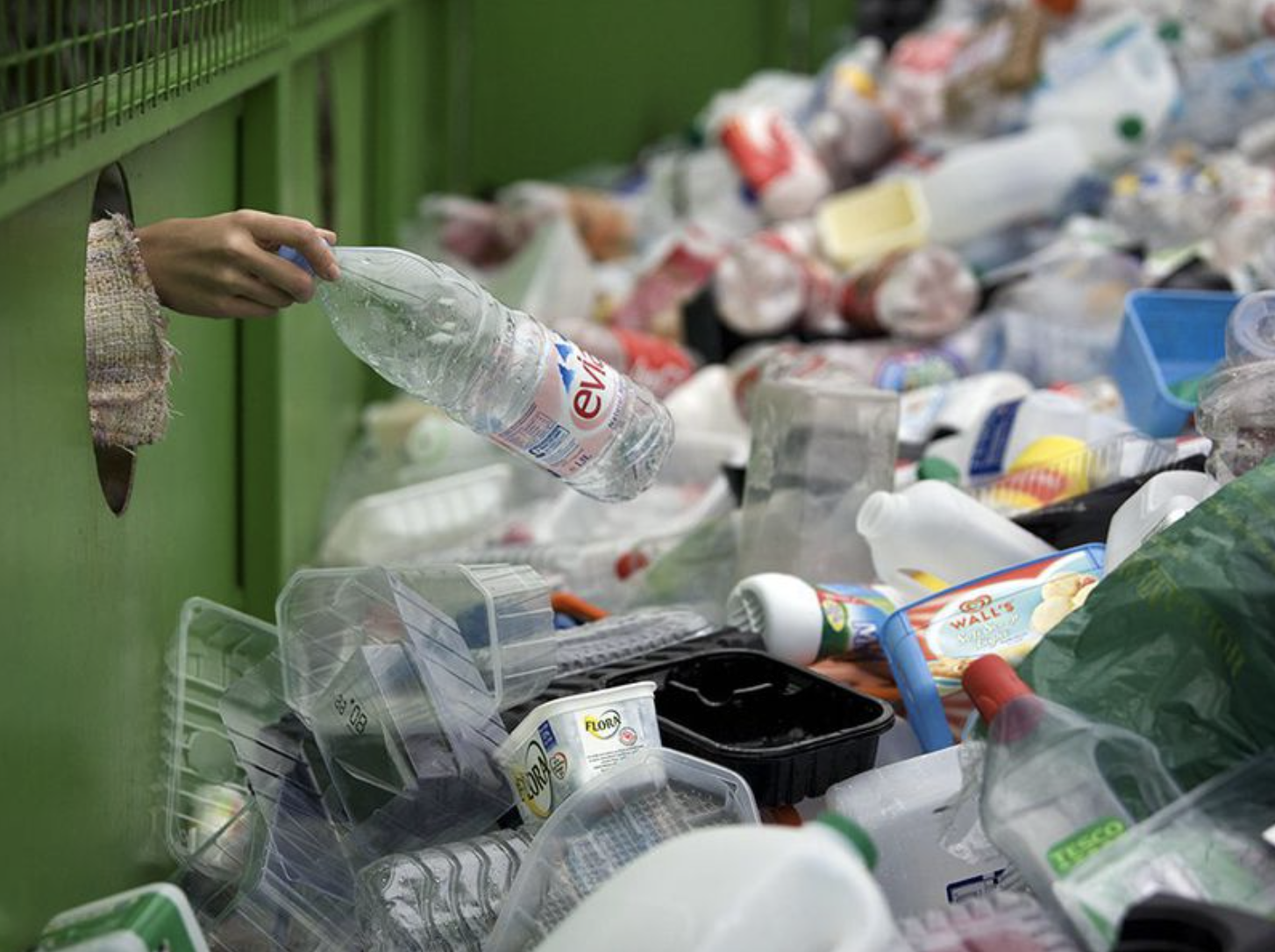
Where do you see companies fall down on packaging sustainability? What are some recurring challenges that tend to impede progress?
One that stands out to me as being the biggest near-term issue is that packaging, because it is the thing that your consumer interacts with first, has a huge amount of input from marketing teams. Having greater standardization across different forms of packaging–whether that’s in terms of color, shape, materials used–would be really transformative for the circular economy. The biggest bottleneck we see in the next five years is that sorting is so difficult. If every soft drink maker got together and said, “We’re using this shape of bottle, making it out of this material and they’re all going to be the same size,” that would make the lives of the people who work in material recovery facilities so much easier. You get a much higher quality of output, which means you could charge more for it, which would help to offset your collection and your recycling costs. But because no company has so far shown a willingness to kind of gather everyone together and say, “We all have to do the same thing, we just have to give up on this being an advertising tool,” we’re not really seeing that happening. To me, that’s the biggest failing of the industry–this lack of cooperation and coordination of what their packaging is actually going to look like.
Having greater standardization across different forms of packaging would be really transformative for the circular economy.
Conversely, what are some areas where you’ve seen improvement? What’s catching on in terms of best practices?
I think the most heartening thing that I’ve seen is how willing a lot of these brand owners are to get stuck into their supply chain. We’ve seen this before with battery materials and automakers. But eventually, when brand owners have put a target in place–and quite aggressive ones, like we’ve seen for the circular economy–they will skip over a lot of their supply chain and go directly to the source of whatever it is that they need. We’ve seen people like Coca-Cola, PepsiCo and AB InBev actually giving money directly to certain locations that don’t have as much recycling capacity, or looking to build partnerships with chemical recyclers and mechanical recyclers directly, rather than just putting the pressure on their suppliers and saying, “You have to fix this.”
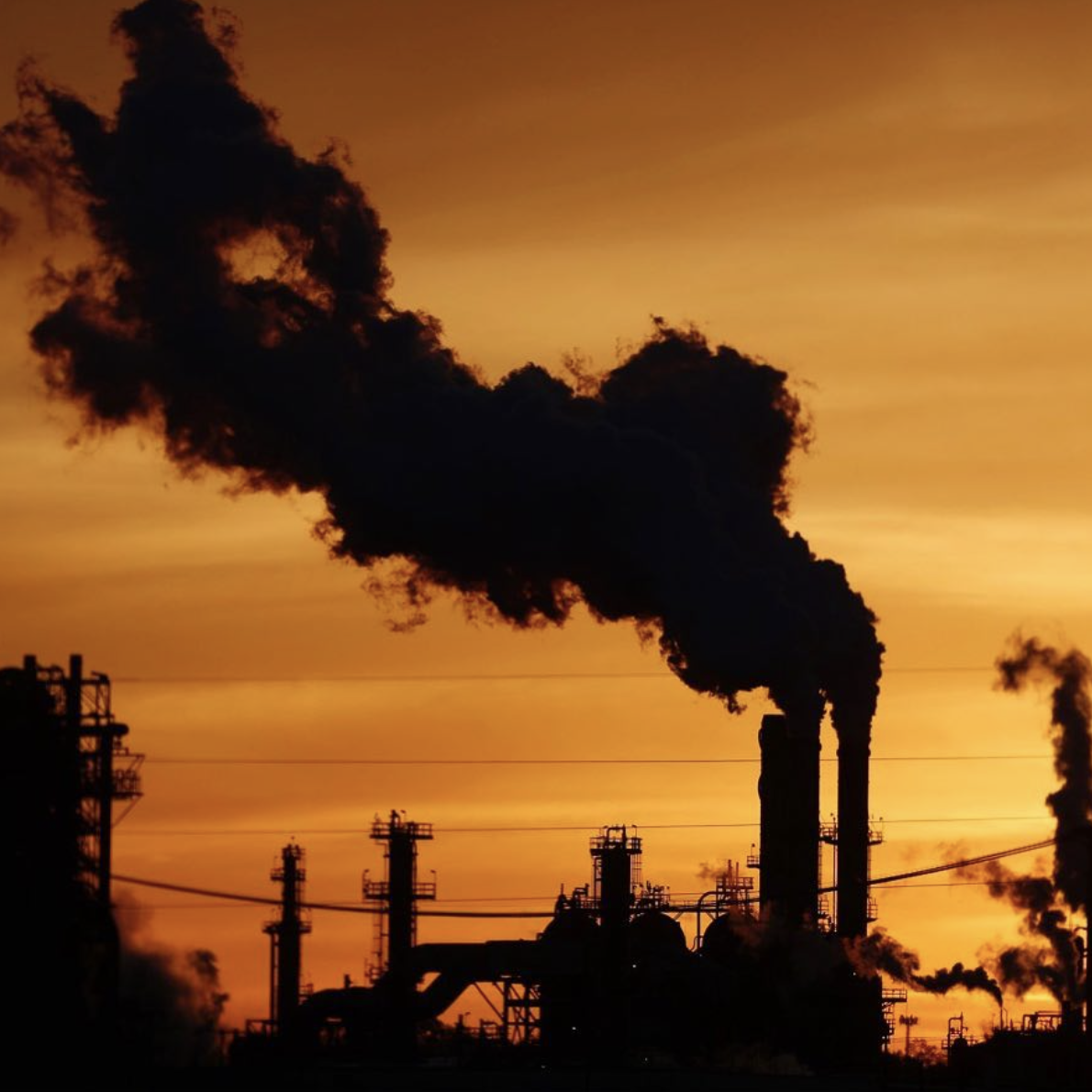
Honestly, it’s had much less of an effect than I expected it would. When COVID first happened, I really assumed that you would start to see brand owners pushing back on their target deadlines. I thought you’d see a wave of announcements saying, “2025 isn’t going to happen with all this disruption. We’re going to go to 2030 instead.” That hasn’t actually happened. What we noticed in terms of the investment was that there was a real quiet period after lockdown started in the U.S. and Europe. From about March to May, there weren’t very many announcements of investment in the circular economy.
But after that, once the brand owners, the recyclers and the collectors were more comfortable with how this post-COVID world was going to look and had more confidence that demand for their products wasn’t going to drop off a cliff because of COVID–if anything, for packaging, it rose–then all of a sudden you had this huge rebound in investment and new people saying they were going to put more money into the circular economy. I think it was partly that companies needed a little bit of time to figure out what this new world was going to look like for them. They were also waiting to see where the policymakers were going to direct their investment because, when a catastrophe like this happens, there’s always a response from the government to give stimulus funds. The idea that this “Build Back Better” scenario is so geared towards sustainability is giving a lot of companies confidence that they’re not going to be out there on their own if they’re trying to do something for their packaging sustainability or for the circular economy.
How can adopting those circular models help companies achieve their packaging sustainability goals?
There’s a pretty big reduction in both emissions and waste if you are recycling more material. That’s the first thing; it makes your emissions balance sheet better. In terms of the wider implications of being part of the circular economy as a packaging company or a brand owner, it’s almost becoming something that’s expected. You have a large swath of consumers who are effectively demanding that as a baseline. If you are sending something to people and it’s wrapped and packed in plastic packaging, you see reviewers on message boards complaining about it. It’s something that’s top of mind for everybody. In order to maintain your credibility, especially with millennials and Gen Z, it’s just something that you have to say you’re looking into.
In terms of the financial side of things, we do think that most of them are paying a premium for bioplastics or recycled material, and we think that’s about 10 to 30 percent. However, there are a lot of advanced recycling technologies that we think could actually be profitable at scale. Chemical recycling is a big one there. We think that this premium situation we find ourselves in is a temporary thing because the industry, in terms of collections and in terms of lacking a proper traded market for scrap material, hasn’t really recognized economies of scale yet.
In order to maintain your credibility, especially with millennials and Gen Z, [the circular economy] is just something that you have to say you’re looking into.
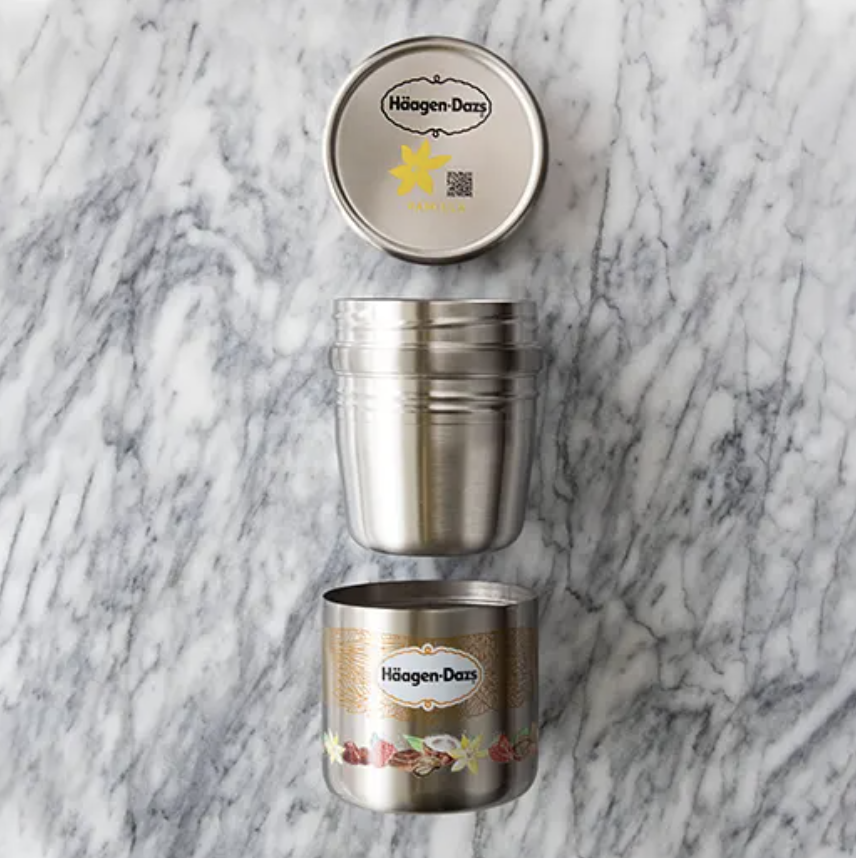
What are some innovative ways that you’ve seen companies take steps towards more circular packaging models?
The interesting one to me is what TerraCycle and Loop and all of their partners like Häagen-Dazs are doing because the reuse model, in terms of emissions, waste and sustainability, is actually a lot better than even using recycled plastic. If you can reuse something, as they often do with glass beer bottles in Europe, then that has a tiny carbon footprint. It also gives you a much closer relationship to your consumers and it ties them to you by having this unique solution that nobody else has.
There has been a lot of attention on how to use a very different material for your packaging, like a paper bottle or a new form of industrially compostable plastic. I think often those are more of a PR scam than something that’s really going to help with waste and sustainability because whenever you create something new, the consumers and the waste managers have to figure out what to do with that. Can a paper bottle go in material paper recycling, or does it have a plastic barrier layer that you have to deal with? Is it a plastic that needs to be industrially composted? Is it easy to separate from once it can just go into regular mechanical recycling, or is it going to end up being a contaminant? I definitely think that these innovative solutions around supply chain, around reusable packaging are going to be much more effective than just trying to develop a new form of packaging material.
In your eyes, what would be some “top tips” for companies looking to achieve goals and meet timelines centered on packaging sustainability?
I think having good partners in your supply chain is critical. There are a lot of chemical companies that are thinking about how best to supply recycled plastics. There are a lot of packagers that have their own circular economy targets. Companies at the top of the food chain can align with people who are already of the same mindset.
But the other thing is, I wouldn’t underestimate the role that policy and policy makers can have here. It’s very difficult for one company to go around and stimulate an entire recycling market in all of the places that so many of them operate. I think having a hand in how these policies are created and explaining to a lot of these lawmakers what exactly you need. We’re all aware of the power of lobbyists, but it’s also important because, if the government introduces something like a recycled content mandate, that means the whole supply chain is going to be incentivized to get more recycled material. That can be across paper, across glass, across plastic, and it’s essentially a shortcut for a lot of companies. Instead of having to do that work themselves, it happens on a bit of a longer timeframe, but it happens for everybody.
What will be the scope of your talk, and will you be pulling from any specific data, research or forecasts?
The talk is going to give a pretty broad view of how we see the circular economy for packaging right now. We have a new model that allows you to flex how much recycled content or bio-content you have in a piece of packaging and then compare it to the other options. I’m definitely going to be pulling from that to show the impact of bio and recycled content on both costs and emissions.
I’m also going to look at some of the most important policies that we’ve seen globally and show some best case examples from which companies have scored really well in our circular economy and policy score work. I’ll talk about company strategy and how targets are shaping up because they are all quite different, and very small changes in language can make them much more or much less aggressive. We’ll go into the nuance of target setting and where everyone is based on some data from the Ellen MacArthur Foundation as well.
I’m also going to look at some of the most important policies that we’ve seen globally and show some best case examples from which companies have scored really well in our circular economy and policy score work.
Are there any speakers you’re excited to hear or topics you’d like to learn more about?
What I would love to hear are all of the nitty gritty details that people in procurement and people in packaging design are having to deal with. It’s great to set these big lofty goals, but the people that I really want to hear from are the ones who are doing the work to make it all happen because that’s where a lot of the innovation and the interesting work goes on.


